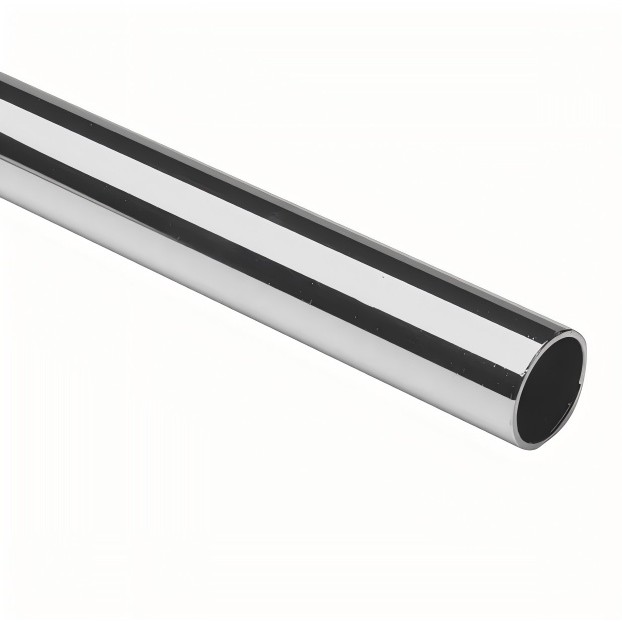What Is the Difference Between Seamless And Welded Stainless Steel Pipe?
2025-08-28
In the industrial and manufacturing sectors, selecting the appropriate piping is critical for project success. A fundamental question often arises: What is the difference between seamless and welded stainless steel pipe? As a manufacturer with extensive experience, we provide clarity on this subject, detailing the manufacturing processes, key distinctions, and ideal applications for each type.
Manufacturing Process: The Core Difference
The primary difference lies in how the pipes are produced. Seamless stainless steel pipe is crafted from a solid cylindrical billet of steel. The billet is heated and pierced through the center to create a hollow tube without any seams or weld joints. This method ensures a uniform structure around the entire circumference.
In contrast, a Stainless Steel Welded Pipe begins as a flat sheet or strip of steel, which is cold-formed and rolled into the desired cylindrical shape. The edges are then fused together using a welding process, such as TIG or plasma arc welding, creating a longitudinal weld seam.
Key Comparisons: Performance and Parameters
Understanding the technical differences helps in making an informed choice. Below is a detailed comparison of their characteristics.
Table: Seamless vs. Welded Stainless Steel Pipe Comparison
| Parameter | Seamless Pipe | Stainless Steel Welded Pipe |
| Wall Thickness | Generally more uniform, can be heavier | Can vary slightly near the weld seam |
| Pressure Rating | Higher, ideal for high-pressure applications | High, but slightly lower than seamless |
| Size Range | Wider range for smaller diameters | Excellent for large diameters |
| Surface Finish | Good, may require finishing | Excellent, consistent finish |
| Cost-Effectiveness | Higher cost due to complex manufacture | More economical for standard sizes |
| Availability | Longer lead times for specific sizes | Readily available in common sizes |
List of Advantages:
1. Seamless Pipes excel in high-pressure, high-temperature, and critical applications where internal integrity is paramount. Their homogeneous structure provides superior strength.
2. Stainless Steel Welded Pipes offer excellent dimensional consistency, a superior surface finish, and are highly cost-effective for a wide array of structural and conveying applications. Our factory rigorously tests every weld to ensure maximum integrity and performance.
FAQ: Your Questions Answered
Q1: Which type of pipe is stronger, seamless or welded?
A: Seamless pipe is traditionally considered stronger because it lacks a weld seam, which can be a potential point of weakness if not properly made. However, modern welding techniques at our HengDi factory produce a Stainless Steel Welded Pipe with a weld strength that often matches the base material, making it exceptionally strong and reliable for most applications.
Q2: Can welded pipe be used for high-pressure applications?
A: Yes, absolutely. While seamless is often the default choice for extreme pressures, welded pipes are perfectly suitable for many high-pressure systems. It is crucial to specify the correct grade and ensure the pipe is manufactured to relevant standards, such as ASTM A312. Our HengDi welded pipes undergo stringent non-destructive testing to guarantee they meet these demanding requirements.
Choosing the Right Pipe for Your Project
The choice between seamless and welded is not about one being universally better than the other. It is about selecting the right product for the specific application. Seamless is often chosen for the most demanding services in oil and gas, chemical processing, and power generation. For applications like water lines, structural supports, food and beverage processing, and low-to-medium pressure systems, a high-quality Stainless Steel Welded Pipe from a reputable manufacturer like HengDi is an optimal, cost-efficient solution without compromising on performance or safety. For more information on our comprehensive range of products and to request a quotation, please contact our team at Zhejiang HengDi Stainless Steel Co., Ltd. today. Let us be your trusted partner in quality.



